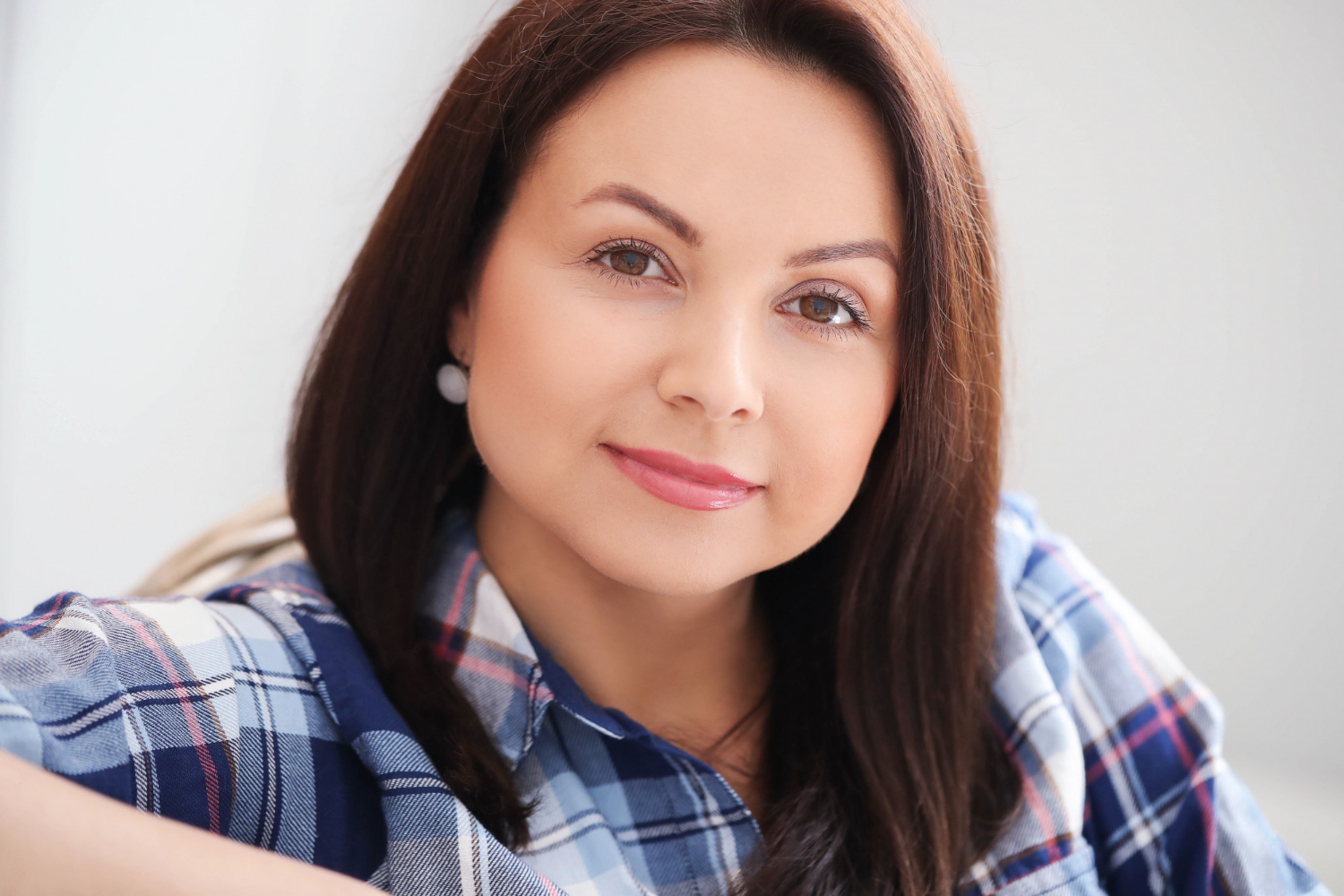What is Erbium-Yag Laser Resurfacing?
Erbium-YAG laser resurfacing uses a specific type of laser known as the erbium-doped yttrium aluminum garnet (Er:YAG) laser to treat various skin concerns, primarily focused on improving the skin’s texture and appearance. This laser emits light at a specific wavelength that is well-absorbed by water, making it particularly effective for skin treatments.

How does Erbium-Yag Laser Resurfacing work?
The Erbium YAG laser is a type of laser technology that uses a specific high-energy light wavelength. When this light targets certain skin areas, it produces heat. This heat is used to treat and remove unwanted or damaged cells from the skin. Unlike other lasers, the Erbium YAG laser has a unique characteristic: its light is easily absorbed by water. Since our skin contains a lot of water, this laser is particularly effective for skin treatments.
It allows for precision in targeting problematic skin areas without harming the surrounding healthy skin. This precision makes the Erbium YAG laser a common tool in many skin-related medical and cosmetic procedures.
What are the uses of Erbium-Yag Laser?
Erbium-YAG laser resurfacing is a versatile treatment that addresses a range of skin conditions and imperfections. Specifically, the Er:YAG laser beams can effectively treat:
- Atrophic Acne Scars: These are sunken areas that occur due to the loss of skin tissue often from severe acne.
- Scarring from Herpes Simplex and Smallpox: The laser can reduce the visibility of scars left by these conditions.
- Sun-Damaged Skin: Prolonged sun exposure can lead to various skin issues, which the Er:YAG laser can help rectify.
- Mild to Moderate Facial Wrinkles: The laser can smooth out wrinkles, offering a fresher appearance.
- Uneven Pigmentation: This includes brown age spots, freckles, and melasma, which can be lightened or removed using the laser.
- Seborrhoeic Keratosis and Other Benign Skin Growths: These non-cancerous growths on the skin can be effectively treated and removed.
- Some Superficial Non-Melanoma Skin Cancers: The laser can be used in the treatment of specific non-melanoma skin cancers.
- Some Vascular Birthmarks: Particularly capillary vascular malformations can be treated to reduce their appearance.
Who’s the suitable Candidate for Erbium-Yag Laser?
Erbium-Yag Laser Resurfacing is a sought-after treatment for various skin concerns. However, it’s essential to determine the right candidates for this procedure to ensure effective results and minimize complications. Some circumstances might make an individual unsuitable for the treatment:
- Scarring Tendencies: Individuals with a history of developing keloid or hypertrophic scars (raised scars that grow beyond the boundaries of the original wound) might experience exacerbated scarring after the procedure.
- Reduced Adnexal Skin Structures: People with fewer adnexal skin structures, such as hair follicles and sweat glands, may not be suitable for the treatment. This is especially true for those with conditions like scleroderma or those with burn scars, as their skin might respond differently to the laser.
- Previous Ionising Radiation Exposure: A history of prior exposure to ionizing radiation on the skin may make the laser treatment risky or less effective for the patient.
What are the Precautions after this treatment?
After undergoing Erbium-YAG Laser Resurfacing, several precautions should be observed to ensure the safety and efficacy of the procedure:
- Pre-Treatment Examination: All patients must undergo a thorough examination before the treatment. This helps in identifying any existing conditions that might influence the treatment’s outcome or potential complications.
- Eye Examination: For those considering treatment around the eye area (periorbital laser treatment), it’s crucial to check for scleral show (visibility of the whites of the eyes below the iris), lid lag (sluggish eyelid movement), and ectropion (a condition where the lower eyelid droops). These conditions may influence the decision to proceed with or adjust the treatment.
- Identification of Skin Disorders: It’s essential to note any skin conditions, including seborrhoeic keratoses, solar lentigines, actinic keratoses, and skin cancers. Recognizing these conditions ensures that they are addressed appropriately in the context of the laser treatment.
- Treatment of Skin Cancers: If skin cancers are identified, they need to be treated adequately using other methods before any laser resurfacing is done.
- Risk of Herpes Infection: The laser treatment might reactivate a latent herpes simplex virus infection or make the patient susceptible to a new herpes infection before the skin fully heals. Patients should be made aware of this risk.

FAQ About Erbium-Yag Laser Resurfacing
How long does the procedure take?
The duration of the procedure can vary based on the size of the area being treated and the specific concerns being addressed. Typically, treatments can range from 30 minutes to a couple of hours.
What is the recovery time?
Recovery can range from a few days to a couple of weeks, depending on the treatment’s intensity. It’s important to follow aftercare instructions to optimize healing.
Are there any side effects?
Common side effects include redness, swelling, and a sensation similar to a sunburn. These usually subside within a few days.
Is the procedure painful?
While some discomfort can be expected, most patients describe it as a mild burning or tingling sensation. Local anesthesia or numbing creams are often used to enhance comfort.
Is there a dermatologist near me in Shreveport that offers Erbium-Yag Laser Resurfacing?
Yes. At our Shreveport dermatology office we offer Erbium-Yag Laser Resurfacing to patients from Shreveport and the surrounding area. Contact our office today to schedule an appointment.

